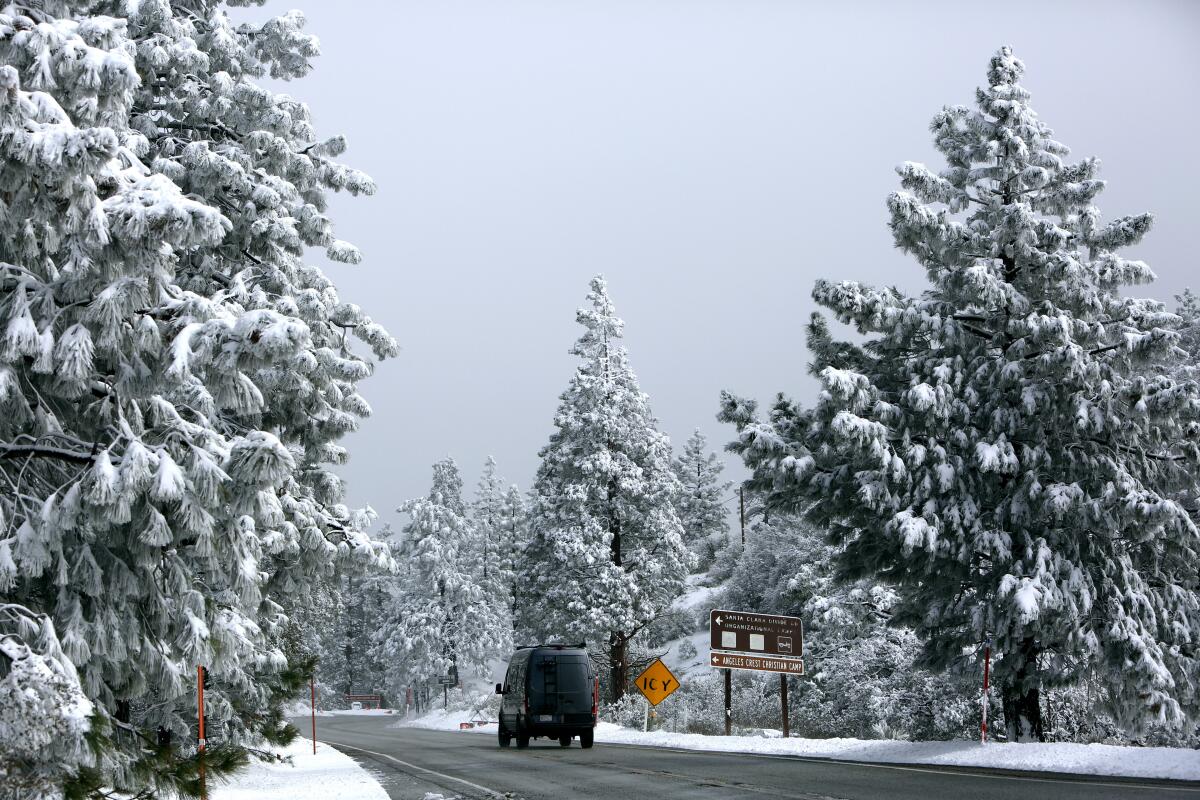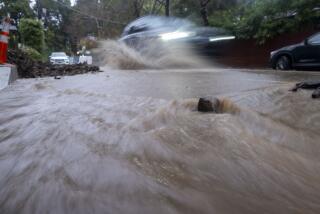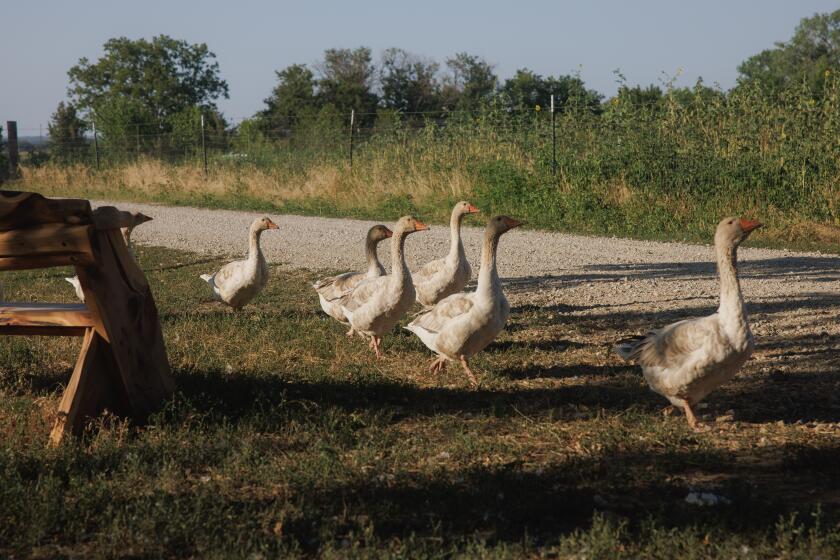Opinion: With global warming, Angelenos are being cut off from the most glorious places in California

The sight of 80,000 well-off campers literally mired at the Burning Man festival last week prompted a few smirks from those watching from afar. After all, when you pay handsomely (tickets start at $575) for the patina of rugged self-reliance and end up needing rescuers when the rain falls and the porta-potties overflow, donât expect an outpouring of sympathy.
But as tempting as it is to mock Silicon Valley glampers frolicking in the northwest Nevada desert, I see a bit of myself reflected in these muddied âBurners.â
I, too, crave wilderness time, and I, too, have been increasingly thwarted by extreme weather. So have other nature-loving Californians who take reliable access to mountains, deserts and beaches as their birthright. The big cities where most of us live may, for the most part, seem to be holding up against climate change. But our natural spaces and the roads and trails that connect us to them are taking a beating.
Consider that access to Burning Man this year was delayed by Hilary, the same tropical storm that dumped âterrain-alteringâ rain on Death Valley a week earlier, ripping apart roads and requiring the National Park Service to close the planetâs hottest place to tourists for the next several months.
Death Valley was also hit in August 2022 by a freak storm that crumbled roads and set a single-day rainfall record â a record that lasted only until Hilary arrived this year. I experienced that 2022 storm firsthand on a road near the Nevada-California border while returning from an attempted pilgrimage to the majestic bristlecone pine forest.
I say attempted, because a Highway Patrol officer prevented us from accessing the winding road up to the forest, warning that a worrisome thunderstorm would hit. My three children and I drove away disappointed but thankful we might have been spared a harrowing mountain rescue.
You donât have to venture far from Los Angeles to get a sense of natureâs growing inhospitality to our intrusion. Most of the sublime Angeles Crest Highway, a 66-mile road through the San Gabriel Mountains, has been badly damaged and closed since winter.
This has been a huge loss for those of us who find peace in the rugged high country on L.A.âs doorstep. I had hoped to see how all that winter snow had revitalized the parched forests. Turns out that record snow and rain also destabilized mountainsides and sent boulders and mud crashing onto significant portions of Angeles Crest Highway, including a stretch that had only recently reopened after a previous landslide.
With a wet El NiĂąo winter bearing down on us, itâs safe to say that the road guiding Angelenos from sea level to nearly 8,000 feet in an hour will stay closed for the foreseeable future.
Elsewhere, one of the main highways up to Big Bear Lake in the San Bernardino Mountains washed out in Tropical Storm Hilary. In the nearby mountain town of Forest Falls, residents captured footage of frightening mudslides carrying car-sized boulders; this is the same area that saw a devastating flash flood one year ago. And then thereâs the cycle of refixing and reopening parts of Pacific Coast Highway.
Fire-related closures are, of course, becoming a constant. In August 2021, the U.S. Forest Service closed all of its land within California â including the Angeles and San Bernardino national forests â amid a record-setting wildfire year. Making 20 million acres of federal land off limits to the public wasnât unprecedented, because fires forced the Forest Service to close all of its land in Southern California in 2020.
Wilderness access and safety are never guaranteed. But climate change is affecting how we forge connections between our urban lives and nature â in how quickly roadbeds erode, how forcefully rain falls, and how frequently forests burn. All of this is connected to our continued burning of fossil fuels.
If you donât believe me, I have a Burning Man ticket to sell you.
More to Read
A cure for the common opinion
Get thought-provoking perspectives with our weekly newsletter.
You may occasionally receive promotional content from the Los Angeles Times.











